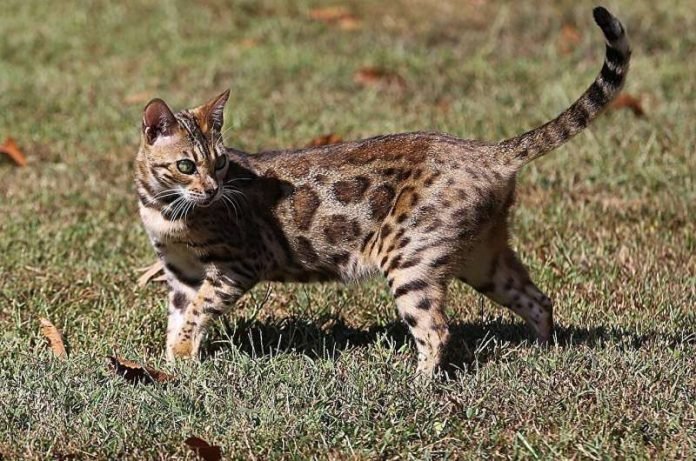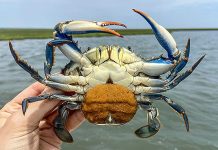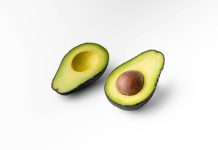
Imagine a cat with the heart of a home companion and the majestic coat of a wild jungle cat. That’s the Bengal cat for you, a breed that stands out in the cat world like royalty at a ball.
Recognized by The International Cat Association (TICA) as the most popular breed, Bengals are prized for their exotic looks and friendly nature.
Yet, despite their fame, Bengals are relatively new on the scene, having been around for less than a hundred years, a mere moment in the grand tapestry of domestic cat history.
The Bengal breed’s journey began in the 1960s, born from a visionary idea to blend the genes of the ordinary house cat (Felis catus) with those of the Asian leopard cat (Prionailurus bengalensis), a wild species adorned wih captivating spots.
This genetic bridge spanned a divide six million years wide, a gap even more extensive than that separating humans from chimpanzees.
By 1986, TICA officially welcomed Bengals into the fold of recognized breeds, marking the birth of a breed that could boast of rosettes similar to those found on leopards and jaguars.
But creating a Bengal cat was more than just mixing two species; it was about selecting and breeding them over generations to highlight an array of dazzling coat colors and patterns.
This fascination with the Bengal’s unique appearance led a group of scientists, headed by Greg Barsh from the HudsonAlpha Institute for Biotechnology and Stanford University, to unravel the genetic secrets behind these mesmerizing creatures.
Their work, published in Current Biology, sought to understand how the blend of domestic and wild cat genetics contributed to the Bengal’s exotic traits.
Barsh and his team approached this task with a mix of scientific rigor and a deep appreciation for the cats’ beauty and companionship.
Unlike dogs, which were domesticated from wolves over tens of thousands of years, Bengals represent a much more recent and genetically diverse experiment, combining DNA from species that diverged millions of years ago.
The Bengal breeding project, which began about 60 years ago, has grown into a community of over 2,000 breeders and hundreds of thousands of cats, all aiming to mirror the allure of the wild within a friendly feline.
The researchers reached out to this community, collecting DNA through simple cheek swabs and engaging breeders in a conversation about genetics and the future of Bengal breeding.
Their findings revealed that, surprisingly, the unique Bengal appearance isn’t the result of a significant contribution from the Asian leopard cat DNA.
Instead, the breed’s distinctive traits, including the sought-after “glitter” in their coats, come from rare but naturally occurring variations within domestic cat genes.
This “glitter” effect, caused by a mutation in the Fgfr2 gene, highlights how subtle genetic changes can lead to strikingly beautiful results.
This research not only sheds light on the intricate dance of genetics that creates the Bengal’s allure but also parallels broader questions of hybridization and selection across species, including our own human ancestry mingled with Neanderthal DNA.
Bengals, with their blend of wild and domestic origins, offer a unique lens through which we can explore the complexity of nature and the outcomes of our curiosity-driven desire to blend the wild with the tame.
In uncovering the genetic tapestry of the Bengal cat, scientists and cat enthusiasts alike have embarked on a journey that bridges the gap between the wild and the familiar, revealing the power of genetics to transform and enchant.
The research findings can be found in Current Biology.
Copyright © 2024 Knowridge Science Report. All rights reserved.



